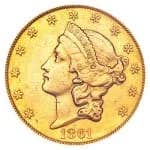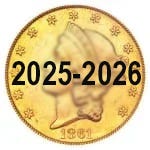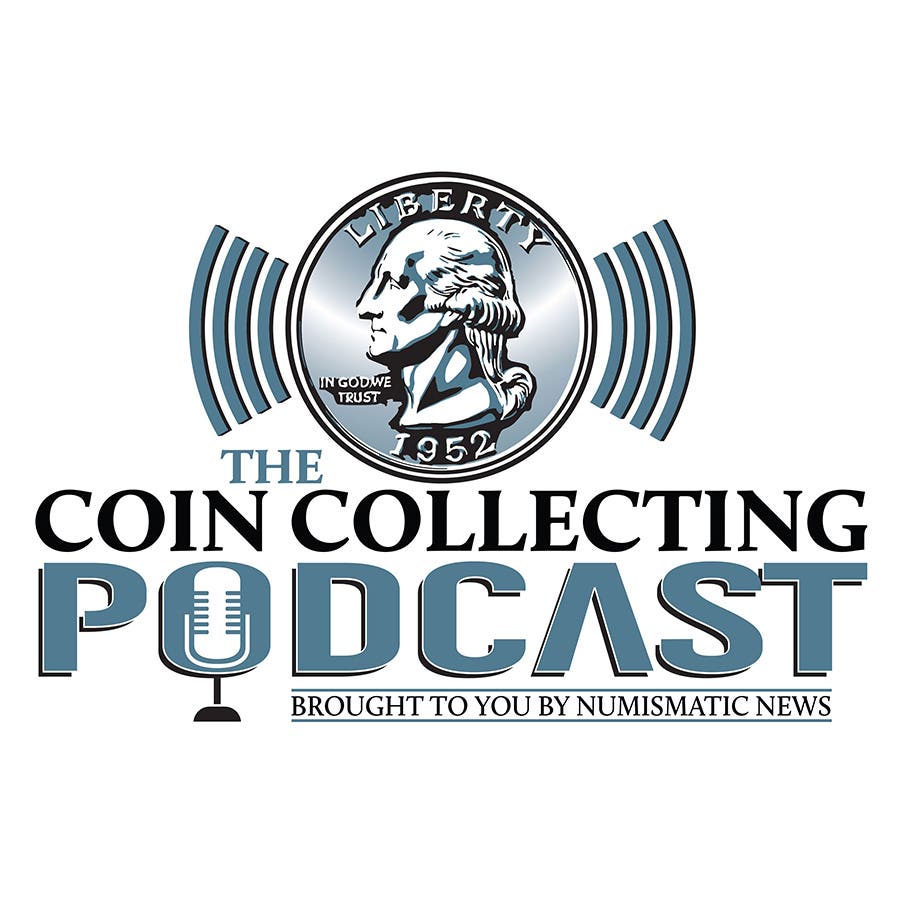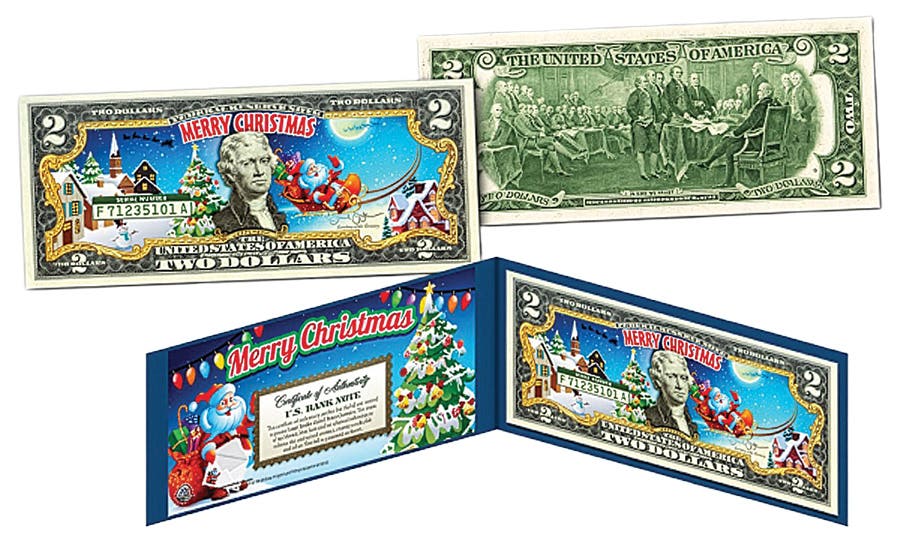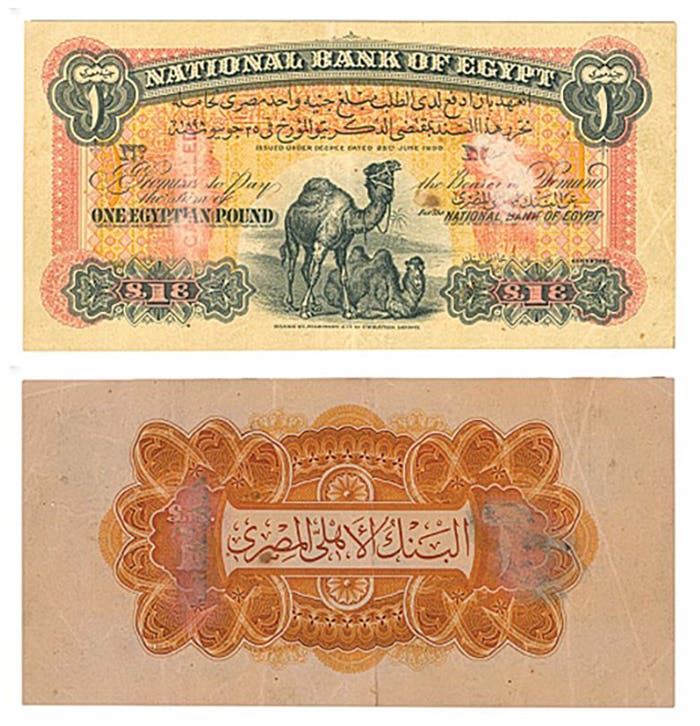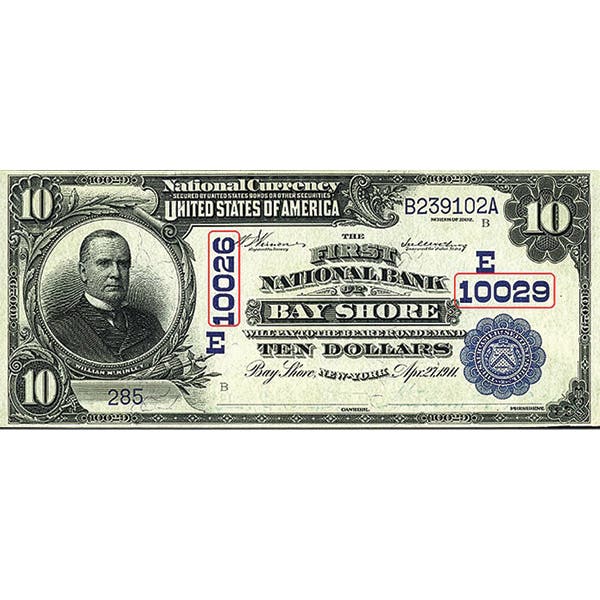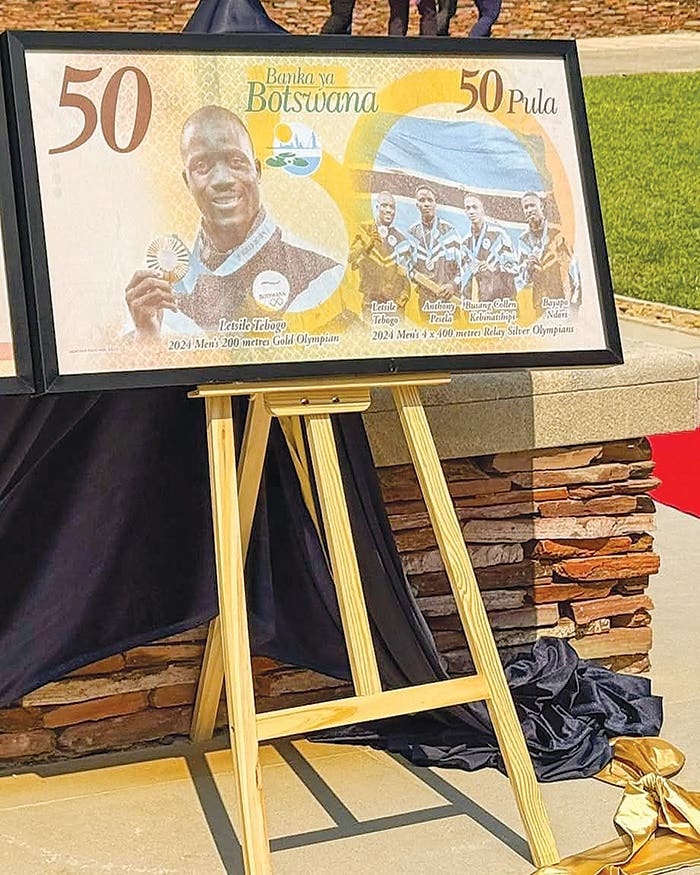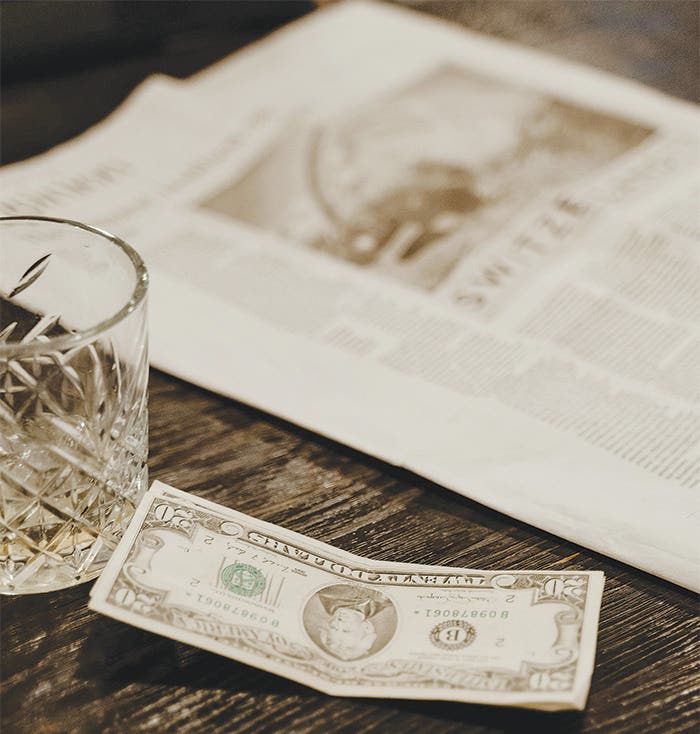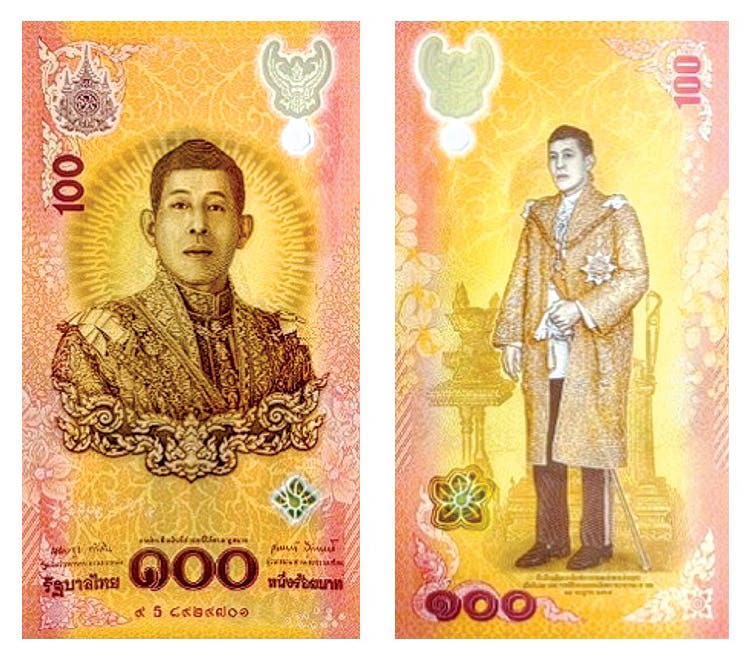The Coolest Error Notes – Part 1
When billions of notes roll off the presses, a few go gloriously wrong. Here’s a look at the coolest currency misprints collectors can’t resist.
We are all intrigued by error notes. They offer something different, an unexpected treat for the eyes that you may have never seen before. That's what makes them so special; just when you think you've seen everything, a new type of error note arises.
They also confirm that the printing presses and the inspectors at the Bureau of Engraving and Printing (BEP) are not perfect. With the billions of notes produced over the years, mistakes sometimes occur; however, 99.9% of the time, the BEP gets it right. But when they do make a mistake, the resulting error can often be dramatic.
Mainstream paper money errors are well-documented and include mismatched serial numbers, offsets, inverted reverses, shifts in serial numbers and seals, inverted third printing, third printing on the reverse, stuck digits, and more. In this series of articles, I will show the best of mainstream errors and present some unique and out-of-this-world examples that deserve their own category.
With much consideration and consultation, I chose what I thought were the coolest paper money errors. In a prior issue of Bank Note Reporter, I did a deep dive on double-denomination error notes (often called the "King of Errors"), so I will bypass them in this series of articles. Buckle up and prepare for a real treat!
Thanks to Heritage Auctions and Stack's Bowers Galleries for the photographs contained in this series of articles and to error note expert Richard Merlau for his input.
Fr. 2010-B–1950A $10 FRN. This is essentially a very rare double third printing. This dramatic error has two Treasury seals and district seals, eight (instead of four) district numbers, and two different left serial numbers. What is unexplainable is the question of why there is only one right serial number. This error note sold for $26,400 in a Stack's Bowers Galleries August 2018 auction.
Fr. 628 $10 1902 plain back from the Malta National Bank charter #2052 in Malta, Ohio. This is a rare engraving error. The "5" in the 2052 charter number was engraved upside down.
$1 1977 FRN. At first glance, it looks like this pair of $1 FRNs is missing the third printing (serial numbers and seals), but this is actually one note with two faces. Unlike coins, which are struck between two dies at once, bank notes are printed one side at a time. The note is missing the back design, made during the first printing, and the seals and serial numbers from the third printing. What is unclear is why the third printing was never done. Possibly a prank? This is one of only four known. It was sold for $30,000 in January 2024. Note the two different plate numbers: A859 on the left, E841 on the right.
Fr. 1917-F $1 1988A Federal Reserve web note. This may well be the ultimate web note error. The suffix on the serial number on the left has a star, on the right an “L.” It is hard to find an explanation on how this happened…is it a replacement note or not? Error collectors were intrigued with this note because it sold for $29,900 in a Heritage September 2008 auction.
Fr. 1974-G $5 1977 FRN. Small-size notes with doubled impressions are legitimately rare, but they do surface. This example takes it to another level because the note has two complete second printings. Lincoln has four eyes, and his other facial features are doubled. The note sold for $22,800 in a Heritage January 2021 auction.
Fr. 2302 $5 1934A Hawaii FRN. While inverted serial numbers/seals are a common error, they are very rare on Hawaiian notes. This bill, with its brown Treasury seal and inverted serial numbers, is one of a consecutive pair. Since 1934, FRNs were printed in 20 subject sheets; there are potentially 18 others extant. This note sold for $38,187.50 in a January 2013 Heritage auction.
Hawaii Printing Errors
Fr. 2305 $20 1934A Hawaii FRN. This is considered a unique example, but the sheet of 20 all likely contained the double "HAWAII" overprint. The double print is mesmerizing. It sold for $17,250 at a January 2012 Heritage auction.
Fr. 2300 1935A $1 Hawaii silver certificate. A magnificent error with the "HAWAII" overprint inverted on the back; this is one of only a few known examples.
Fr. 2300 1935A $1 Hawaii silver certificate. A magnificent error with the "HAWAII" overprint inverted on the back; this is one of only a few known examples.
Offsets
Fr. 1915-E $1 1988A FRN. This is truly the king of offsets due to the extremely rare fourth printing. The back has an additional and strong second and third printing. It sold for $21,600 in a 2017 Heritage auction.
Fr. 2025-G $10 1981 FRN. An incredible offset that shows two obverses on the back of the note. Note the mirrored signature on Donald Regan, Secretary of the Treasury, in the lower left.
Fr. 1975-L $5 1977A FRN offset. Incredible angled offset error with the backs of four different reverses on the note's face.
Fr. 2073-E $20 1981 FRN. The face of this fabulous error received a dark back-to-face offset at a 45-degree angle. There are partials of four separate notes offset on the face.
Fr. 237 $1 1923 silver certificate. An entire third printing is offset on the back of this large-sized silver certificate. The serial number, seal, and "1 DOLLAR" designation are boldly plastered on the back in a rich blue ink.
Fr. 1973-L $5 1974 FRN. At first, this note looks rather ordinary. But it is an obstructed printing error with an impression of a paper clip. It happened when a paper clip became wedged between the printing plate and the sheet. It likely occurred during the application of the second printing, as a portion of the "FIVE" beneath the Treasury Seal is missing. The spot where the paper clip rested on the back is fully indented from the pressure exerted during this process. The note sold for $21,150 in a January 2015 Heritage auction.
Fr. 1534 1953B $5 legal note. While double-denomination errors are highly sought after, this note is rarer. The second printing on the face is an FRN, but the overprint, in red ink, was used for U.S. notes. The error occurred when a sheet of notes with the Federal Reserve Note printing was fed into a machine printing legal tender note seals and serial numbers. Only two are known. This bill was sold for $20,700 in a February 2005 Heritage auction.
Fr. 60 $2 1917 legal tender note. This note is missing the entire third printing; it lacks a seal and a serial number.
See next month's issue of Bank Note Reporter for more error note examples.
You may also like:

